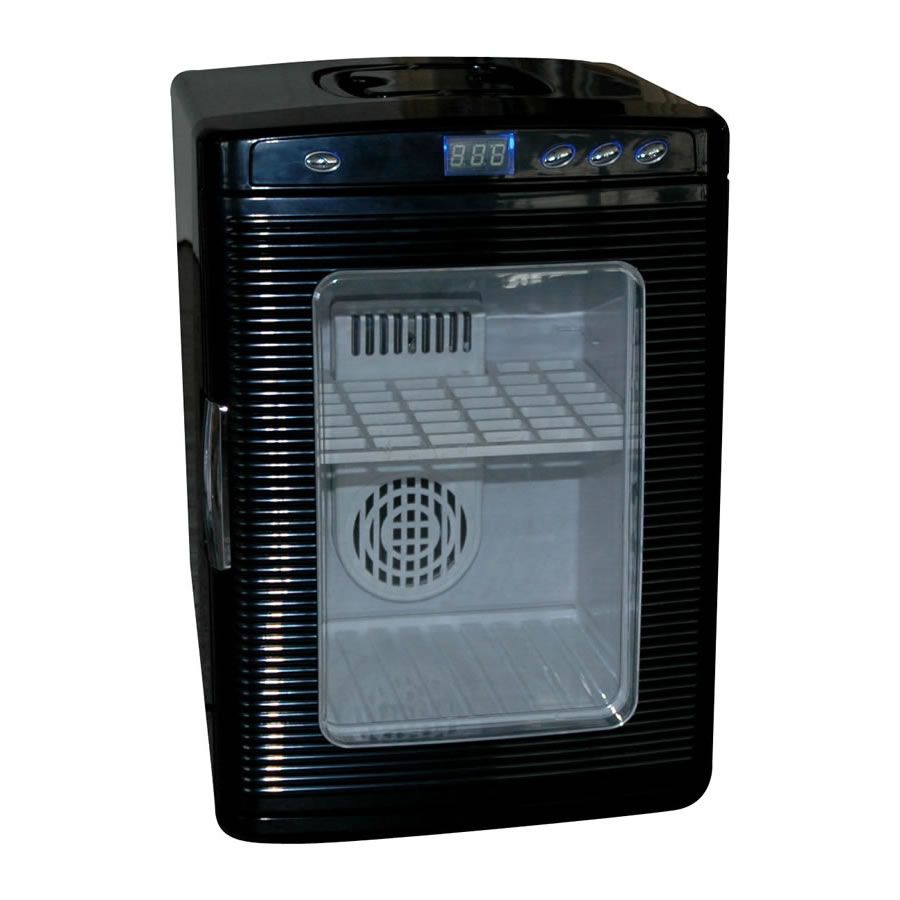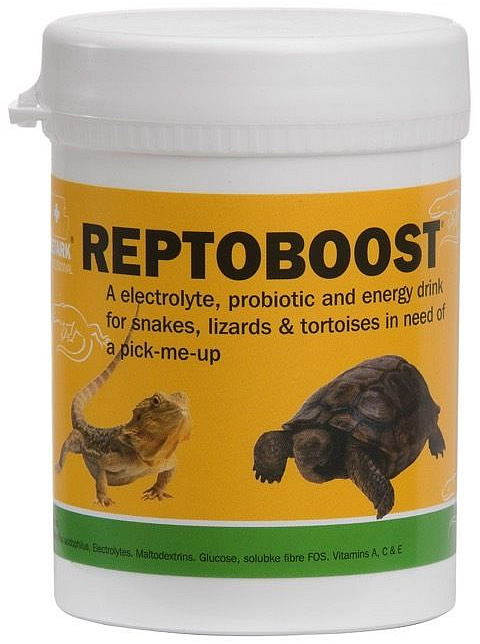- Published on
A Guide to Successfully Hibernating Your Tortoise in the UK
Once a tortoise is old enough, healthy and of the correct weight, it should be allowed to hibernate. Some species that originate from areas that are hot all year round such as the desert or Jungle tortoises such as Sulcatas, Indian Stars or the Red & Yellow Foot tortoises should not hibernate as this would likely result in death or illness, but for the common species such as Horsfields, Spur-thighed and Hermanns, having a period of hibernation is crucial for a long and healthy life. Preventing them from doing so if they meet the criteria will shorten their lifespan significantly.
Some time ago it was a bit hit and miss as to whether the tortoise would wake up and the advice was simply to put the tortoise in a box with hay and hope for the best! Now we know so much more about tortoises and the hibernation process that if followed correctly, is extremely unlikely to fail.
The causes of death in hibernating tortoises were:
Cause 1: Uneaten food in the stomach rotting and poisoning the tortoise whilst asleep → Solution: Allow tortoise to empty its stomach by stopping feeding two weeks prior to hibernation, whilst keeping the temperature the same so allowing the tortoises metabolism to digest and empty the stomach.
Cause 2 : Dehydration. The tortoise is able to regulate its hydration levels by reabsorbing water from its bladder, if its bladder isn't full prior to hibernation, it could die. → Solution: Allow tortoise to fully flush out and refill its bladder by giving it daily baths two weeks prior to hibernating. Weighing and checking on a weekly basis whilst hibernating can ensure that if it urinates, it can be woken up in time before the situation gets harmful.
Cause 3 : Eaten/attacked by predators such as rats whilst asleep. → Solution : Do not let tortoises hibernate outside where they can be attacked by predators, instead most people either use a digitally-controlled fridge such as the Lucky Reptile Herp Nursery or use the salad drawer in their household fridge to ensure constant temperature.
Cause 4 : Hibernation temperature not cold enough, this meant that although the tortoise may still look asleep, its metabolism was still working faster and due to the animal not feeding & taking in nutrients, this would lead to starvation and death. → Solution : a thermostatically controlled hibernation area is the best way to prevent this, especially since in the UK we now can have very mild or changeable winters so a constant cold spell is not guaranteed. Also weekly weighing will help to monitor this.
Also, if a tortoise wakes up early then is allowed to go back to sleep if the temperature drops, this can be very dangerous as its body will be entering sleep in a weakened condition & will not be prepared for another period of sleep so soon following the last.
- Cause 5 : Internal parasites such as intestinal worms, increasing in number and utilising nutrients that the tortoise needs leading to weight loss and possibly death → Solution: if the tortoise has been outside on the grass or soil it is necessary to worm it once a year. This is easy to do, a medication called Panacur is readily available from reptile vets, they will need to weigh your tortoise to determine the correct dose, but I would recommend all tortoises are de-wormed at the end of the autumn once they stop going outside to graze. This will also safe-guard this issue from occurring during hibernation that winter.
Now we know what causes death in hibernating tortoises, it is easy to incorporate measures into the preparation before hibernation as well as during to prevent any of these issues arising.

Older Imported Tortoises
Some people own tortoises that were originally illegally imported, they are 40+ years old and they probably do their own thing. Unlike the UK-bred tortoises, which are weaker and less hardy and in my opinion, should almost be considered different species, often these older tortoises are the hardiest of all. They survived winter in their own country of origin when probably many of their siblings died, then they were in the small % who survived being stacked into boxes and smuggled over to the UK and then they have lived this long through the years when no-one really knew how to keep them and just left them in their gardens all year round to look after themselves! This guide isn't really for these tortoises. They often dig down underground in their chosen place, often remain there for upto 6 months and then just emerge sometime later! Although it is important to keep an eye on where they chose to hibernate and ideally try and keep it safe from predators – foxes are more of a threat these days - some people dig them up and hibernate them in a more controlled environment now our winters are milder as a continued cold hibernating temperature of 5 degrees cannot be guaranteed, it is also important to ensure the area is safe from flooding.
These tortoises will pretty much do their own preparation, living outside all year, they will have adjusted to the daylight cycles and will naturally stop feeding on their own. It is important to provide them with a clean source of water to allow them to flush out their bladder and take on fresh water ready to sleep. Keep an eye on them if you can to prevent the 5 main causes of death listed above.
Preparation
For most tortoises, it is advised that a maximum period of 2 months actual hibernation plus 3 weeks before and 1 week after (totalling 3 months of no food) will allow the tortoise to hibernate safely without leading to issues detrimental to its health. Younger tortoises or for those who are experiecing hibernation for the first time, the advice is to do a total of 2 months, which includes 3 weeks of preparation, 1 month of hibernation and 1 week of recovery.
One thing to note is that winters in the UK are often coldest December – February and so I would advise starting the 3 weeks preparation at the middle to end of December, that way the tortoise will be asleep during January and February which are usually the coldest months of the year.
- Has the tortoise been wormed? If been in the garden a worming treatment can be obtained from a reptile specialist vet and its easy to use.
- Is it old and heavy enough? Around 5-8 years to be safe or check the tortoises weight using the Jackson's ratio chart – if in doubt, wait a year.
- Is the tortoise healthy? If it has had any issues such as an illness wounds, a period of non-feeding due to too cool a temperature etc it would be best to keep it warm and put off hibernating until the next year.
- Where is it going? Have you a suitable and accessible safe place that the tortoise can be kept at 5 C degrees for upto 2 months, whilst allowing weekly check ups and weighing? Lucky Reptile sell a 'Herp Nursery' which looks like a small fridge with a digital temperature thermostat, also a clear door panel and can be used to hibernate tortoises (as well as an incubate eggs).

Once you have determined that the tortoise is ready, by now it should probably already have been moved into its indoor enclosure once the weather started to get cooler in the autumn. Hopefully, it has been moving around its enclosure, happily emptying its food bowl daily and going to toilet regularly
Three weeks before
Stop feeding the tortoise, keep the temperature the same for at least the first week, but give it long (20-30min) warm baths at least once a day. This will help it metabolise any food remaining in its stomach whilst hydrating itself.
Two weeks before
Swap the heat source for a lower wattage. If you were using a 100w heat source, swap to a 40w and turn off any warmth at night. Still do not feed and continue with the daily warm baths.
One week before
The aim to to be nearer the hibernation temperature by the end of the week. Swap any bulbs to low wattage energy savers or turn them off all together. Continue with the daily baths and still no food. Turn off the UVB lamp and remove any additional heat sources. Move to a cooler room if necessary.
Hibernation
Put the tortoise in a see-through plastic box with high sides. I would recommend either kitchen roll or newspaper inside on the base as this is easy to determine if the tortoise has urinated whilst asleep because the paper will dry wrinkled. You do not need to include any hay or bedding but some people add some shredded paper. WEIGH THE TORTOISE IN THE BOX. Note this weight down.
Every week check the tortoise, lift the box up and if the plastic is see-through you should be able to see if the paper looks like it has been wet then dried. Weigh the box including the paper and tortoise and note the new weight. The tortoise should not be losing more than 1% of its initial starting weight per month. Continue doing this for two months. If it's the first hibernation attempt, some people prefer to just do a month as a kind of practise run and to prevent any difficulties that may arise for a small tortoise for a longer first sleep.
IMPORTANT If the tortoise appears to be losing too much weight or if it looks like it has urinated/lost water, it is important to proceed to the next step immediately. This means the hibernation for this year will end and you won't need to hibernate your tortoise until the next winter.
Waking up (after 2 months)
Remove the tortoise from its box and place back in its usual UNHEATED enclosure. Do not put the heat on yet, but you can turn on the UVB lamp (if separate from the heat lamp).
The tortoise should be bathed daily with warm water. The best way to do this is to use Reptoboost. This is a powdered product that provides electrolytes, glucose and is a probiotic. Making a warm solution with this powder allows the tortoises gut bacteria to re-establish as it not only drinks but will suck up the solution with its bottom! Using Reptoboost normally enables the tortoise to recover much faster from hibernation and will start eating much quicker than without it. Please note that once opened, Reptoboost has a shelf-life of only around 3 months. Make sure you rinse the Reptoboost off the tortoise after bathing as it can leave a bacterial film on the shell which is not ideal.

During this period, if the tortoises eyes remain closed, you can try wiping them gently with a warm, used teabag, which will help remove any scum as well as being a mild antiseptic.
Any issues that you are worried about should be referred to your local reptile specialist vet who will happily check your tortoise over.
Over the next week or so, gradually increase the temperature, doing the opposite of before hibernation. First switch to energy-saving/low wattage bulbs, then add gentle night-time heat and then once the tortoise is moving around and you have seen white urates excreted in its bath water, it is time to start offering food. The normal winter enclosure temperatures can be restored once the tortoise is moving around, eating and excreting normally.
